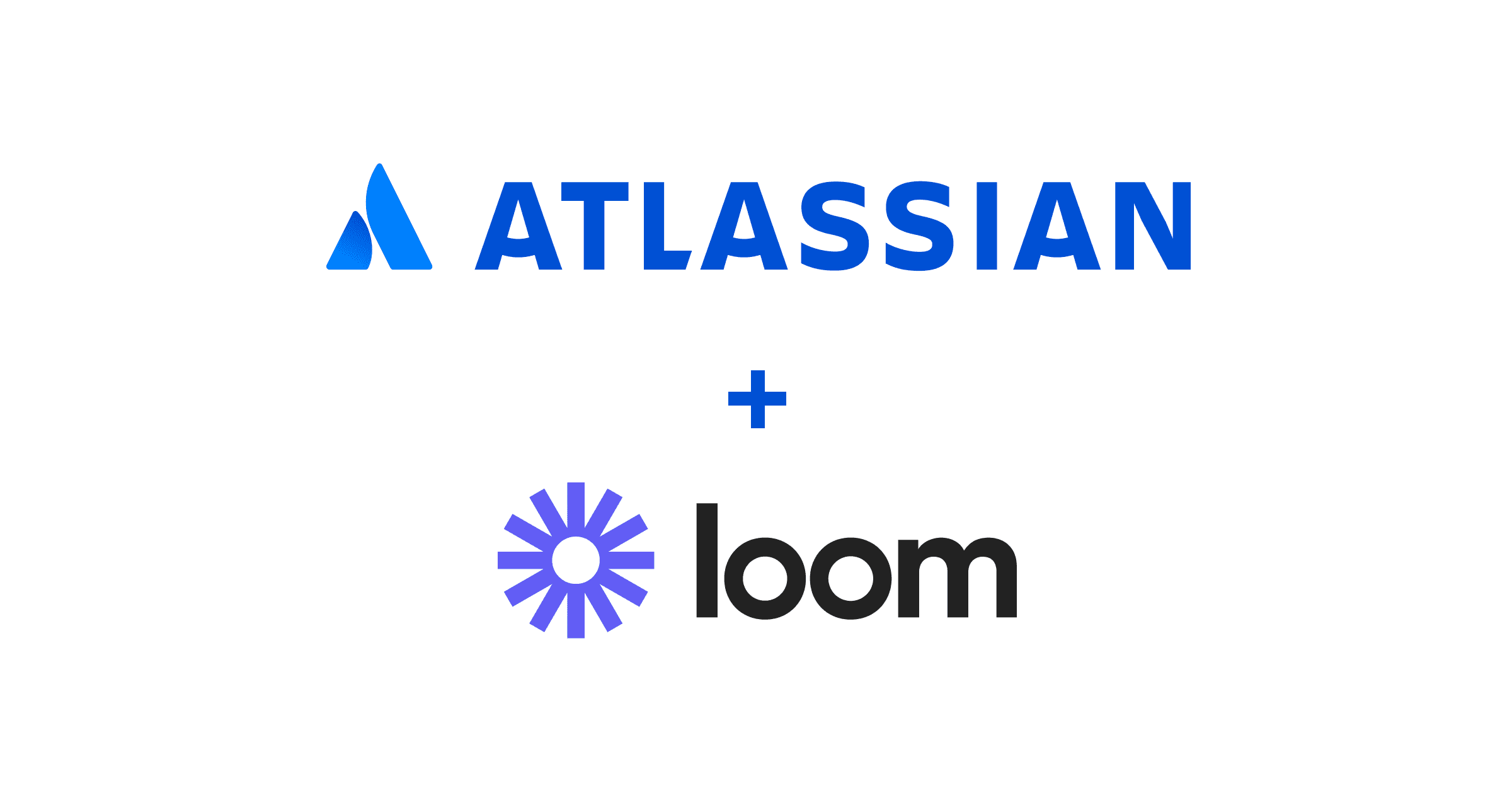December 6, 2023
Loom vs Vidyard

Carly
Are you looking for the right video platform for your business? Enter Loom and Vidyard, two contenders in the world of video tools. Let’s break down what they have in common, what sets them apart, and how to choose the right fit for you.
Meet Loom
Loom is a recording app that simplifies communication at work, both within and outside your team. It's handy for teams of all sizes, especially remote ones, as it cuts down on the hassle of scheduling endless meetings and calls.

Introducing Vidyard
Vidyard is a platform tailored for sales teams in bigger companies, especially those with video know-how. What sets it apart is its ability to work seamlessly with other tools, making it a great tool for boosting marketing and communication strategies.

What do Loom and Vidyard have in common?
Vidyard and Loom are both communication tools that allow users to record, edit and share videos. They also have the following in common:
Convenience: Both tools offer browser extensions and desktop apps, with iOS versions for on-the-go recording.
Quality: You can record up to 4k quality using the desktop apps or 1080p via Chrome for both Loom and Vidyard.
Instant Sharing: Both platforms generate shareable links as soon as you finish recording, making it easy to share via email, messaging apps, social media, download, or embed in web pages.
Free Trials: Both Loom and Vidyard offer a 14-day free trial to help you get a feel for their features before committing.
Now that we've covered what they have in common, let's get into what sets Loom and Vidyard apart.
How do Loom and Vidyard differ?
Loom and Vidyard have unique features and capabilities that set them apart. Take a look:
Recording Options: Loom and Vidyard both allow recording of your entire screen, window, or a single browser tab. But, if you need to focus on areas of your screen, Loom offers the option.
Editing: While Vidyard provides editing and custom thumbnails, Loom takes it a step further with highly interactive features. Loom lets you and other users engage with videos by adding emojis, time-stamped comments, links, backgrounds, camera frames, and even fun elements like confetti cannons and drawing tools.
Customization: Vidyard offers extensive options with its Business plan, allowing fully customizable video-sharing pages and one-of-a-kind viewing experiences. Loom, with its Business or Enterprise Plan, offers basic options like logos and custom colors.
Insights and Analytics: Vidyard provides detailed insights, including who watched your video and for how long, helping you track performance across sales and campaigns. Loom offers basic view notifications and insights limited to Loom users.
Ease-of-use: Loom stands out with its intuitive design and support resources, including tutorials, a chatbot, and forums. Vidyard, while easy to use, needs users to be logged in to access its support team.
Security: Both platforms care about security. Loom ensures SSL-encrypted web socket uploads and offers password protection. Vidyard provides different security measures, allowing you to control who can view, download, or share your content.
Value for Money: When it comes to cost, Loom is the more budget-friendly option. Its Business plan is cheaper than Vidyard's Pro plan and offers other features, such as transcriptions and no limits on recording length.
How much do Loom and Vidyard cost?
Curious about the costs of Loom and Vidyard? Let's get into it.
Loom’s pricing
Starter (Free): You can use Loom for free and record up to 25 videos per person. It includes unlimited transcriptions, privacy controls, and insights, making it great for starting with video messages.
Business: If you're ready to level up, Loom's Business plan costs $12.50 per month with a subscription for the year. It gives you endless recording, no time limits, custom branding, insights, and the option to embed links.
Enterprise: For larger companies, Loom offers a custom Enterprise plan with advanced content privacy features and Zoom integration. You'll need to contact Loom's sales team for pricing.
Vidyard's pricing
Free: Vidyard's free plan offers space for up to 25 videos in your library and some basic editing features.
Pro: To go further, Vidyard's Pro plan is $19 per month with a subscription for the year. You can create as many videos as you like (up to 1 hour each), access analytics, and do basic customization for sharing pages.
Plus: If you're really into video, Vidyard's Plus plan is $59 per person per month. It includes advanced analytics and the option to create branded sharing pages.
Business: With Vidyard's custom Enterprise plan, you get everything from Plus and more. Contact Vidyard's sales team for pricing and details.
Overall, Loom's Business plan is budget-friendly, while Vidyard's Plus plan packs in more features. It all comes down to what you need and what fits your budget best.
Should I choose Loom or Vidyard?
Reflect on what you're aiming to achieve. If you want a straightforward screen recorder with a personal touch and basic editing, Loom is your pick.
However, if you're delving deep into advanced video prospecting, have some skills to unleash, need seamless CRM integration, or want a robust sales and marketing tool, Vidyard is the way to go.
And don't forget about Tella – your all-in-one screen recorder for creating demos, online courses, 1:1s, and much more.
In the end, it's all about what fits your needs best. Take a moment to give all three a spin with their free trials, and then make up your mind. Whether you're boosting teamwork or stepping up your sales game, the right tool can be a game-changer. Interested in learning more? Check out our article on Loom vs. Zoom.



